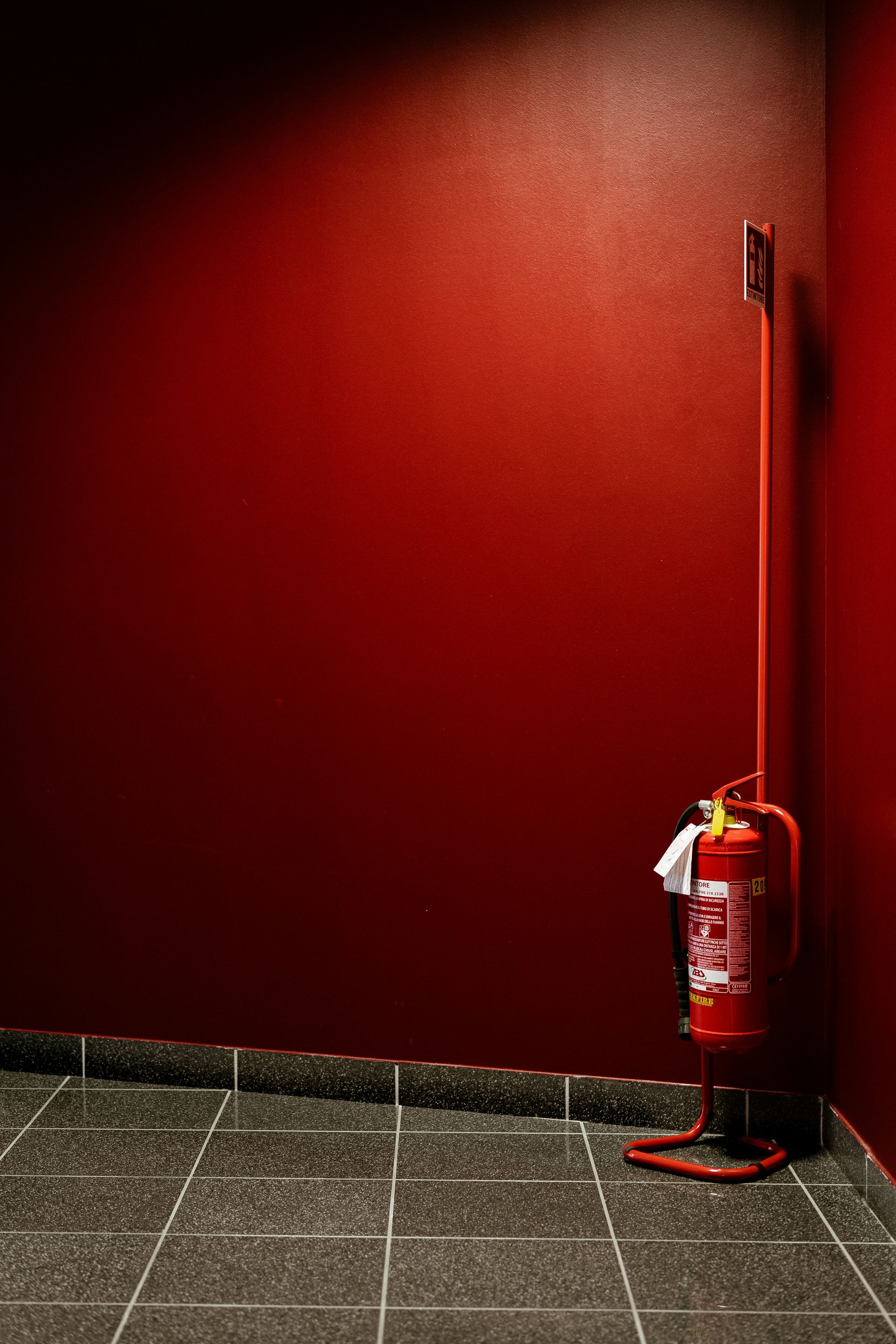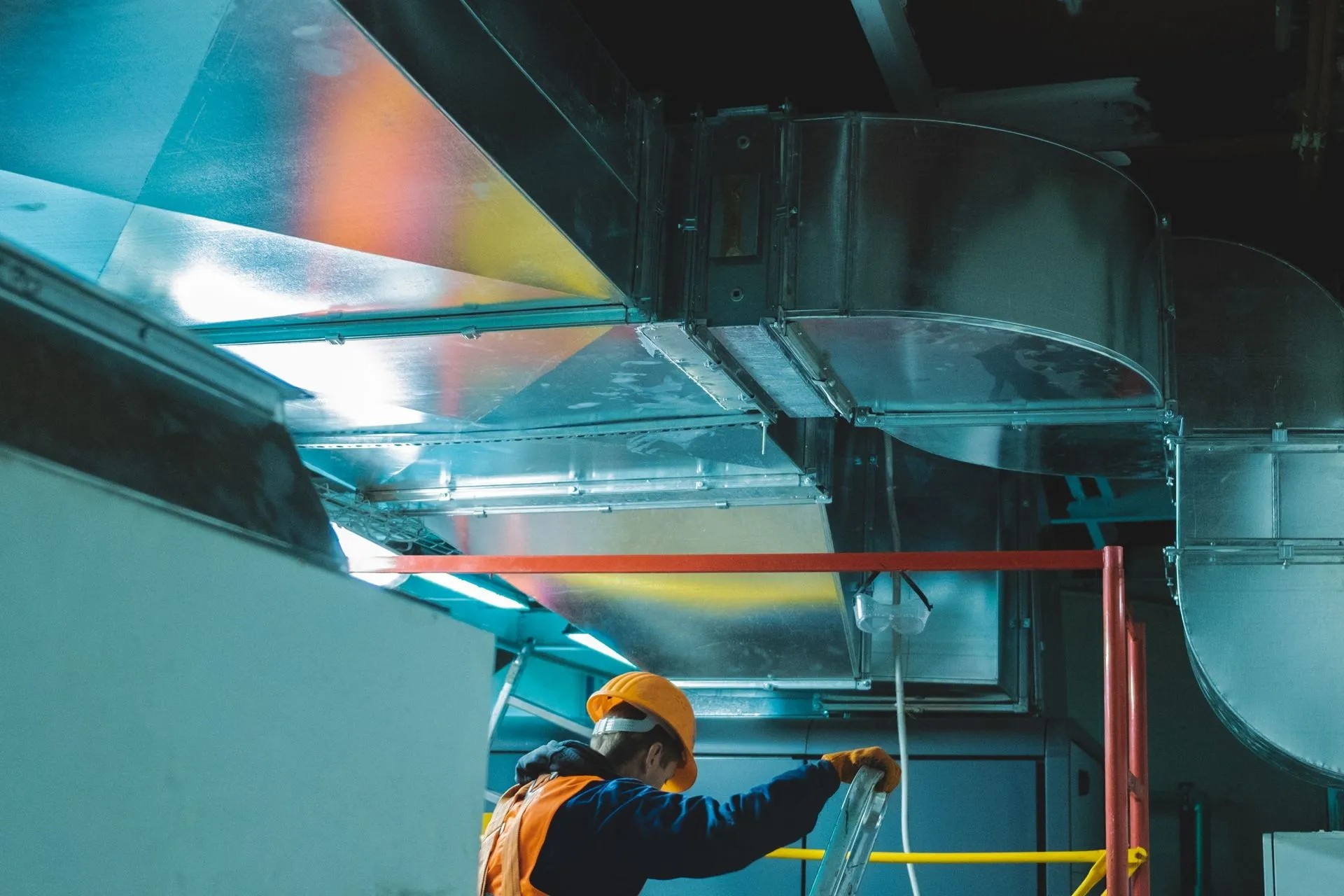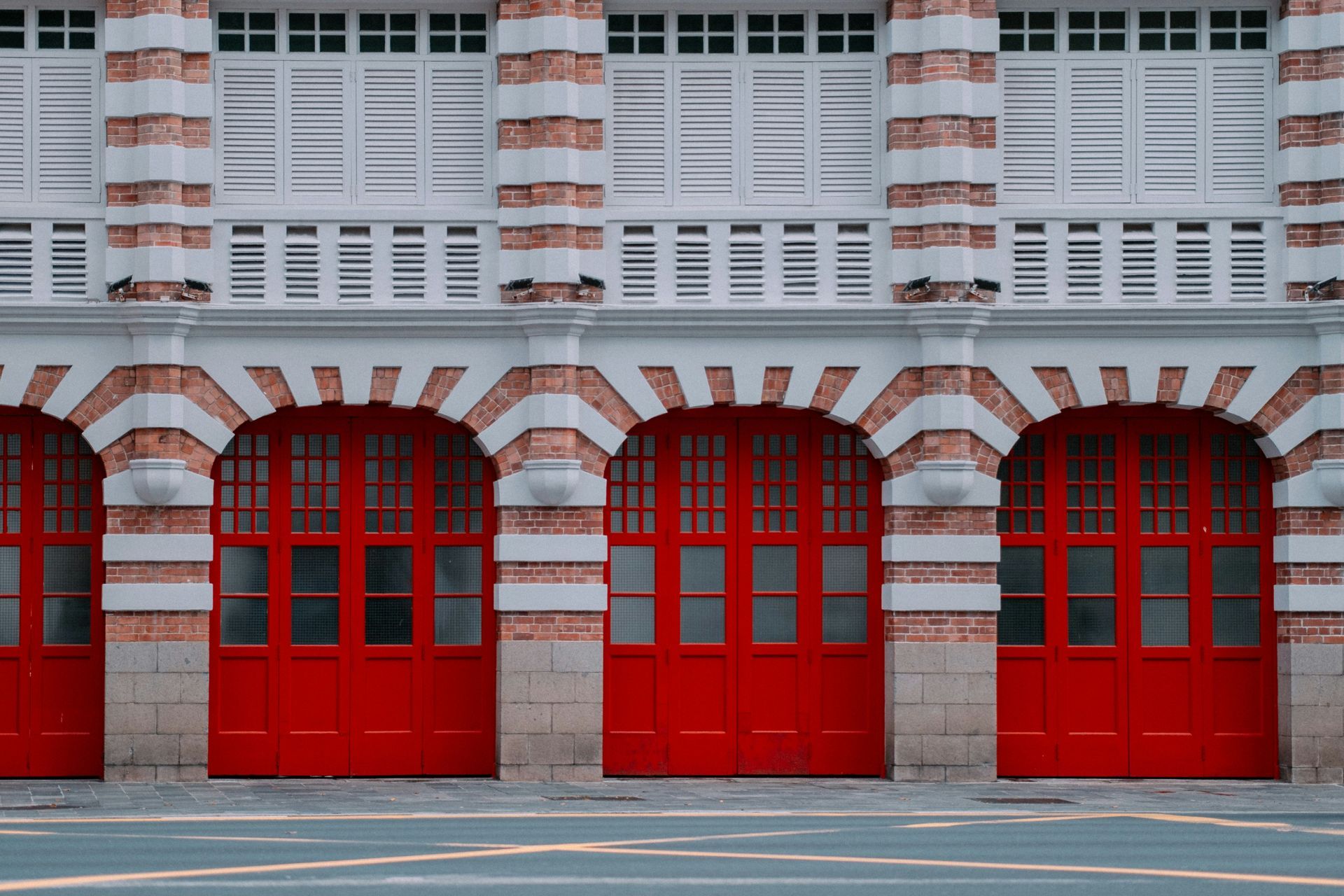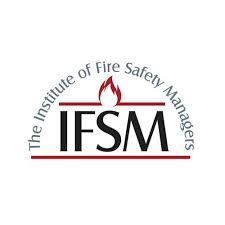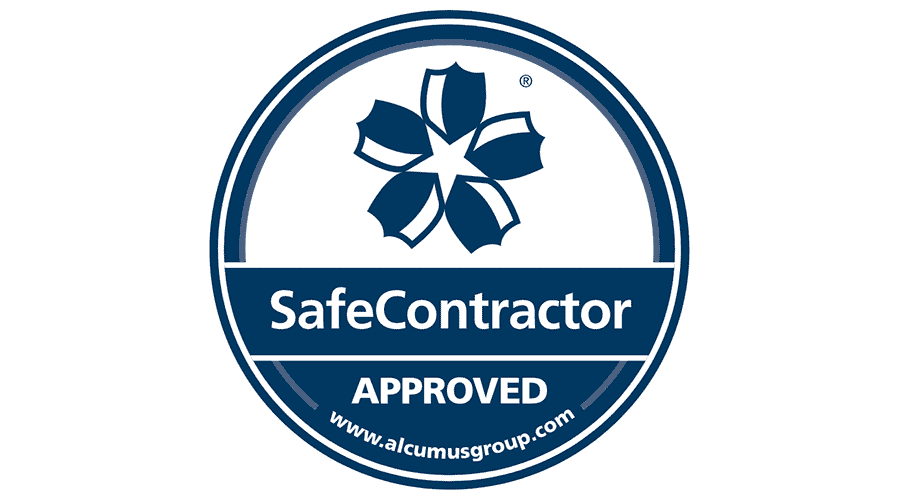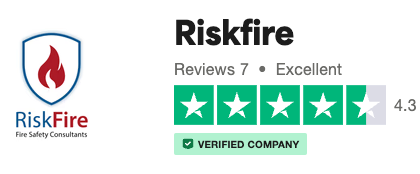The Top 10 Common Causes of Fires in Hospitals
Hospital fires are a nightmare scenario that could have devastating consequences for patients, staff, and the infrastructure itself. These facilities are bustling with activity 24/7, filled with complex equipment, numerous personnel, and vulnerable individuals. Therefore, understanding the common causes of fires in hospitals is crucial for enhancing safety and preparedness. With lives hanging in the balance, pinpointing these causes can make the difference between a swift evacuation and a catastrophic disaster.
Key Takeaways
- Electrical faults remain a prevalent cause of hospital fires, often due to faulty wiring and overloaded circuits
- Smoking, despite bans, continues to pose a significant fire risk when policies are not strictly enforced
- Kitchen fires typically arise from unattended cooking and grease build-up
- HVAC systems can become fire hazards due to blockages and lack of maintenance
- Medical equipment malfunctions, especially when poorly maintained, present potential fire risks
Electrical Faults
Electrical systems in hospitals are like the lifeblood that keeps everything running smoothly. However, over time, these systems endure substantial wear and tear, which can significantly increase fire risks. Hospitals rely heavily on electrical equipment, making them susceptible to electrical fires if not properly managed.
Faulty wiring is a frequent culprit when it comes to fires in hospital settings. With the constant need for power to support medical equipment, lighting, and other essential services, wiring can deteriorate, leading to dangerous sparks. Overloaded circuits can also cause overheating, which may ignite a fire hazard if not promptly addressed.
Poorly maintained electrical equipment sometimes malfunctions, leading to fires. Hospitals should prioritise regular inspections and maintenance of their electrical systems.
Implementing fire alarms and ensuring proper fire safety equipment is in place can substantially reduce the likelihood of electrical faults leading to fires. Simple measures, like ensuring circuits aren't overloaded and wires are intact, can go a long way in maintaining safety.

Smoking
Despite the widespread implementation of smoking bans in hospitals, this fire hazard stubbornly persists. Patients and visitors sometimes disregard no-smoking signs, posing significant risks. Hospitals must remain vigilant in enforcing these policies to prevent potential fire hazards.
Designated smoking areas help minimise fire risks within hospital premises, offering a controlled environment for those who need to smoke. Staff vigilance in enforcing smoking policies greatly enhances safety, as it ensures that smoking is confined to areas equipped to handle any potential fire risk.
Proper disposal of smoking materials is crucial in preventing accidental fires. Providing adequate disposal bins and educating staff and visitors on fire risk assessments and fire safety measures can further reduce this risk. It's about creating an environment where everyone understands their role in maintaining safety.
Kitchen Fires
Hospital kitchens are bustling hubs that cater to the nutritional needs of patients and staff alike. However, they are not without their fire risks. Unattended cooking is a major cause of kitchen fires, as is the accumulation of grease in kitchen hoods, which can easily ignite.
Training staff in fire prevention is a critical step in drastically reducing kitchen fire incidents. This includes educating them on fire safety procedures and tips on maintaining a safe kitchen environment. Regular maintenance of kitchen appliances can prevent malfunctions that might lead to fires.
Fire suppression systems are essential in controlling kitchen fires swiftly and effectively. Implementing these systems, along with regular fire safety training for kitchen staff, forms a robust defence against potential fire hazards in kitchen facilities.
HVAC Systems
HVAC systems are essential for maintaining a comfortable and safe environment within hospitals. However, they can sometimes malfunction, leading to overheating and potential fires. Blocked air filters frequently cause system overheating, underscoring the need for routine maintenance.
Routine maintenance of HVAC systems can significantly reduce fire risks. Staff awareness of unusual HVAC behaviour can aid in early detection of potential issues. Training staff to recognise these signs and understand proper ventilation techniques ensures safe HVAC operation.
Incorporating regular fire risk assessments and understanding potential fire hazards can enhance the overall safety of HVAC systems. By keeping these systems in check, hospitals can maintain a safe environment for patients and staff.
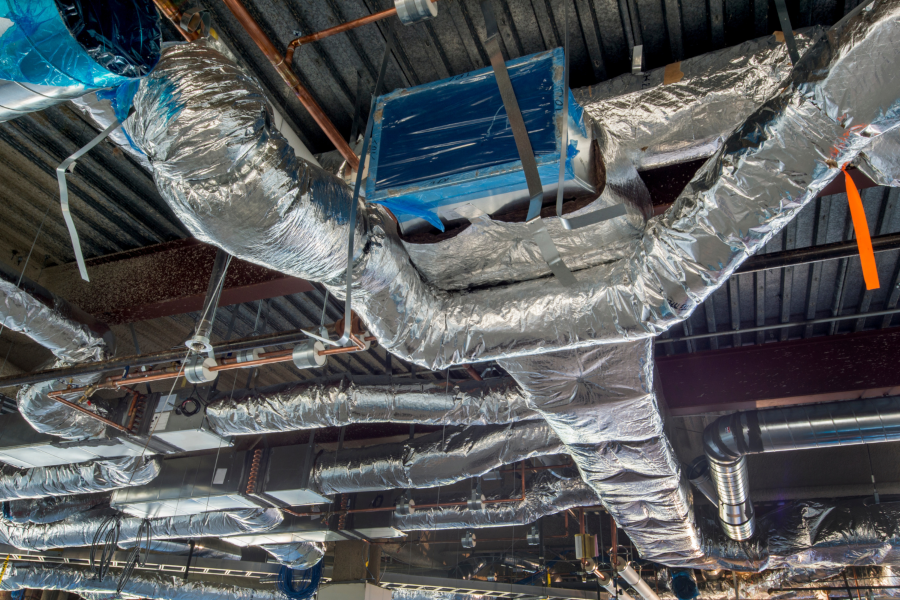
Medical Equipment Malfunctions
Medical equipment is the backbone of patient care, but it can occasionally overheat, posing fire risks. Poor maintenance of equipment increases the likelihood of malfunctions, making regular checks imperative for hospital safety.
Regular equipment checks prevent potential fire hazards and ensure the safety of patients. Training staff on the proper use of equipment can minimise operational risks and enhance overall safety within healthcare facilities.
Prompt reporting of faulty equipment is crucial for quick resolution and maintaining a safe environment. Encouraging staff to report any issues immediately reinforces a culture of safety and vigilance, crucial in preventing fires.
Flammable Materials
Hospitals house numerous flammable materials, requiring careful storage and handling to prevent fire hazards. Proper labelling of flammable substances aids in safe handling and ensures staff are aware of the potential risks.
Training staff on material safety can significantly reduce fire risks associated with combustible materials. Regular audits of material storage practices enhance fire safety, ensuring that all flammable substances are stored correctly and safely.
Proper disposal methods are essential in preventing the accumulation of flammable waste, which could pose a fire hazard. By implementing these safety practices, hospitals can maintain a safer environment for everyone.
Staff Training and Awareness
Regular fire safety training for staff is crucial for maintaining hospital safety. Emergency drills prepare staff for real-life fire scenarios, ensuring they know exactly what to do in case of an emergency.
Staff awareness of fire hazards leads to proactive prevention, as they are more likely to identify and mitigate potential risks. Clear communication protocols ensure a swift emergency response, crucial in a high-pressure environment like a hospital.
Continuous learning keeps staff updated on the latest fire safety practices, reinforcing a culture of safety and preparedness. By prioritising training and awareness, hospitals can enhance the safety of patients and staff alike.

Arson Incidents
Hospitals, unfortunately, are not immune to arson incidents, necessitating constant vigilance. Implementing strong security measures, such as surveillance systems, can deter potential arsonists and enhance overall safety.
Staff awareness of suspicious activities can aid in early detection of potential threats. Encouraging a culture of vigilance and open communication enhances security efforts and helps prevent incidents before they occur.
Collaboration with local law enforcement can further bolster security measures, providing additional support in the event of an arson attempt. A robust emergency response plan is essential in mitigating the impact of any such incidents, ensuring the safety of everyone involved.
In summary, understanding the common causes of fires in hospitals and implementing proactive prevention measures is crucial for maintaining a safe environment. From electrical faults to staff training, each aspect plays a vital role in ensuring hospital safety. Now, we turn the question to you:
How prepared is your hospital for the unexpected, and what steps can you take today to enhance fire safety?
Frequently Asked Questions
What are the top causes of fires in hospitals?
The top 10 common causes of fires in hospitals include electrical faults, smoking, faulty equipment, flammable liquids, overheated equipment, arson, cooking incidents, faulty wiring, heating systems, and medical gas leaks.
How can hospitals prevent fires?
Hospitals can prevent fires by ensuring regular maintenance of electrical systems, implementing strict no-smoking policies, training staff on fire safety protocols, storing flammable liquids properly, conducting regular equipment checks, installing fire detection and suppression systems, and creating evacuation plans.
What should hospital staff do in case of a fire?
In case of a fire, hospital staff should remain calm, alert patients and visitors, activate the nearest fire alarm, close doors to contain the fire, follow evacuation procedures, use fire extinguishers if safe to do so, and assist patients who require help evacuating.
Are hospitals required to have fire safety measures in place?
Yes, hospitals are required by law to have fire safety measures in place to protect patients, staff, and visitors. These measures include fire alarms, fire extinguishers, fire exits, evacuation plans, regular fire drills, and staff training in fire safety.
How can patients and visitors help prevent fires in hospitals?
Patients and visitors can help prevent fires in hospitals by following hospital rules and regulations, not smoking on hospital grounds, reporting any safety hazards to staff, following evacuation procedures in case of a fire, and staying calm and cooperative during emergency situations.


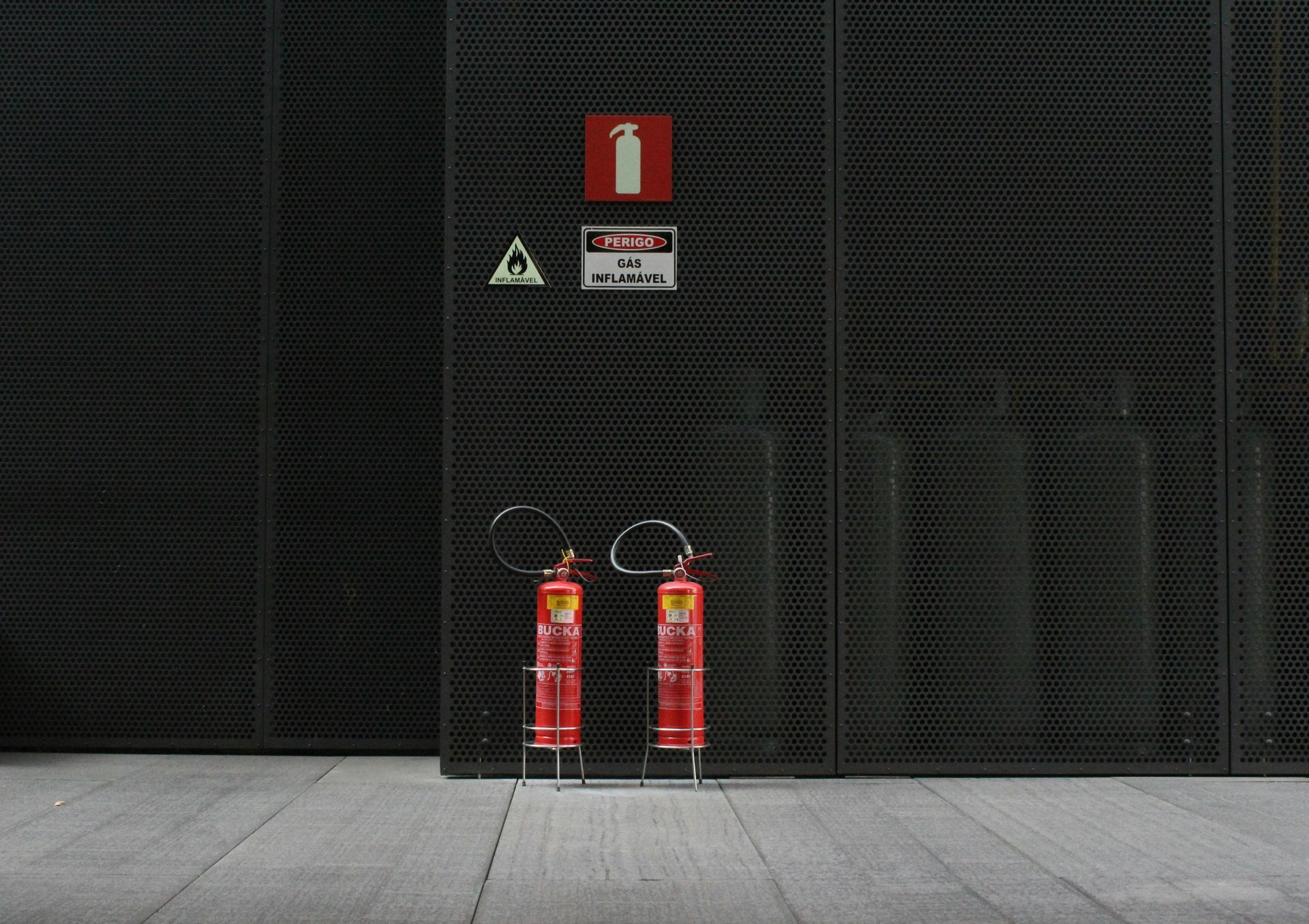

Enquire Now
We will get back to you as soon as possible.
Please try again later.
